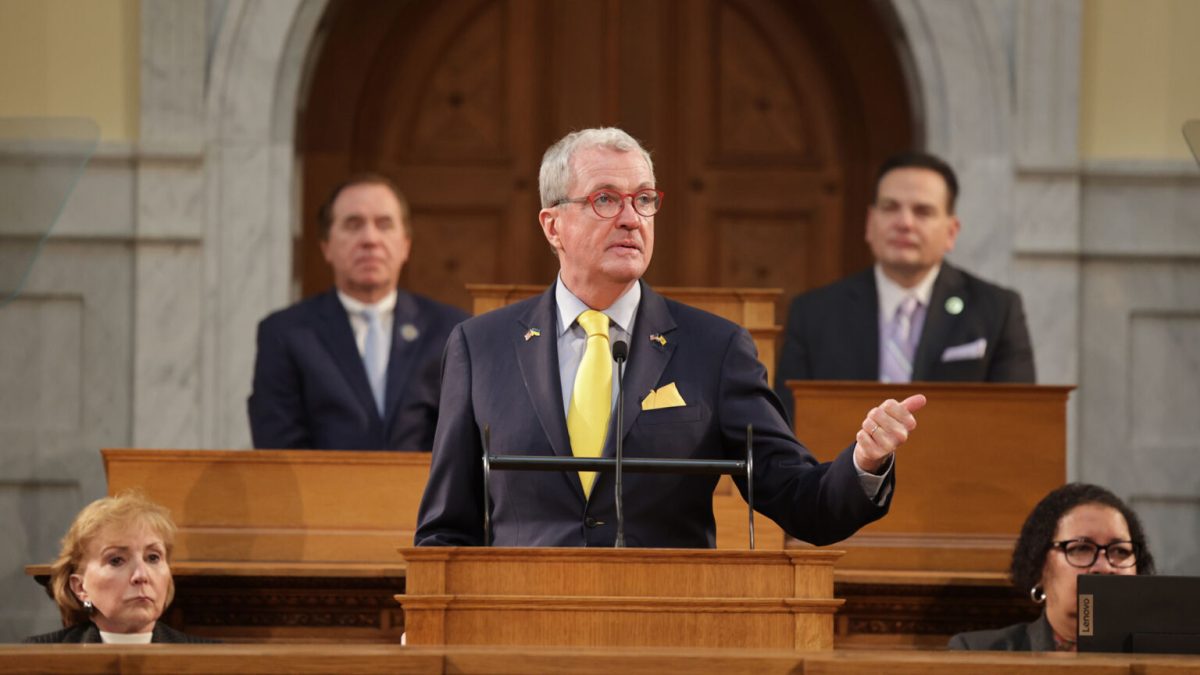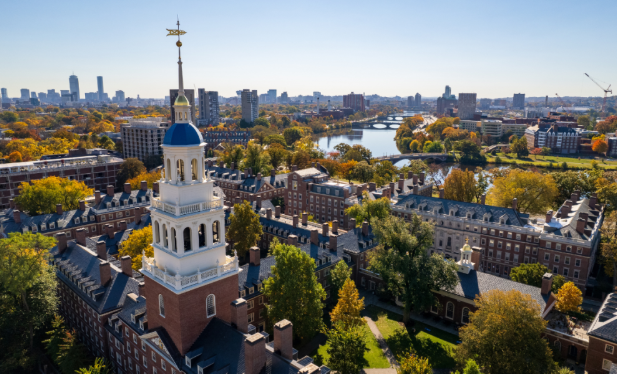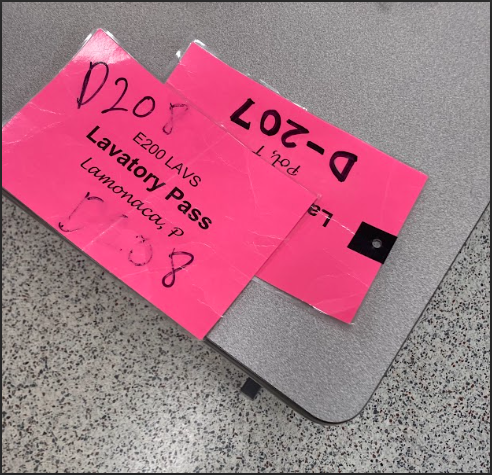As current students are likely aware of, the Lenape Regional High School District (LRHSD) will receive a massive reduction in state funding under the current fiscal year plans of 2025. The LRHSD is one of the biggest losers of the education budget redistribution of fiscal year 2025’s state budget, with the district losing almost 4.7 million dollars under the new plan, a decrease of almost 20% from the state aid given in the previous year. This massive change raises several questions about what next year at Cherokee will look like:Will next year’s course offerings be affected? What about athletics? Or other extracurriculars? And maybe the most important question of them all, why is this happening?
Although we would like to know exactly how these budget cuts will affect the school and its programs, in truth, there is no way to accurately predict exactly what will happen. With as large a budget cut as this, it’s easy to speculate a myriad of different scenarios. It’s possible that arts programs might be downsized; it’s equally possible that the same might happen for athletic programs; or the same for other school-sponsored clubs. The LRHSD was already expecting a slight decrease in state aid, and planning to gradually adjust to small decreases. For example, the LRHSD was able to adapt to a 1.18 million dollar decrease for the year 2024. However, in the present situation, the LRHSD might be unable to gradually decrease expenditures to meet such a precipitous decline in state funding seen in the 2025 state budget. Because of this fact, it’s possible that the school environment will be forced to adapt more substantially to this budget decrease.
Whatever its impact may be, why are these budget cuts even taking place? The answer lies in a piece of legislation that, for the freshmen reading this article, was passed before you were born. The NJ School Funding Reform Act (SFRA), passed in 2008, is the primary piece of legislation that determines how much state funding each school district will receive based on a formula. The SFRA’s formula determines how much state aid a school district receives based on a myriad of different factors, such as number of “at-risk” (low socioeconomic status) students or average property value in their district. The latter reflects how the LRHSD received these budget cuts, as well as a critical flaw in the formula. Because the average property value in the LRHSD’s local area increased, the formula calculated that the LRHSD should receive a significant decrease in state funding.
A surface level examination of this formula might suggest that it is effective. Of course affluent school districts should get less state aid than districts than less wealthy ones. However, the issue lies in the measures that the formula uses to quantify the affluence of a district, not in its core philosophy. The increase in property value in the LRHSD might be an indicator of wealth in the region, but it is in no way an accurate indicator of the amount of local funding that the LRHSD will receive. The gulf in funding that the state aid cuts create will be only minimally offset by the indirect effects of an increase in local property value in the region. Instead of using accurate indicators of local funding, the SFRA’s formula uses indirect measures of local wealth, such as property values, to determine the future of a school district’s financial security.
The LRHSD area is one of the most highly taxed regions in the state of New Jersey, and along with those high taxes come the expectation of quality education for all students in its area. However, in the current situation, a law passed before the Great Recession, which inaccurately calculates state aid allowances using a flawed methodology, is slashing state aid for one of the most successful school districts in the state. Despite the proposal of the NJ State Budget for Year 2025, the LRHSD has already taken action to attempt to restore their state aid. Currently, a bill has entered the state senate, which, if passed, would restore the LRHSD’s state funding. It’s imperative that as one Lenape School District, we work together to ensure that our school can continue to work best to deliver opportunities for us students. To advocate for the passage of this bill, please visit lrhsd.org/beheard.














